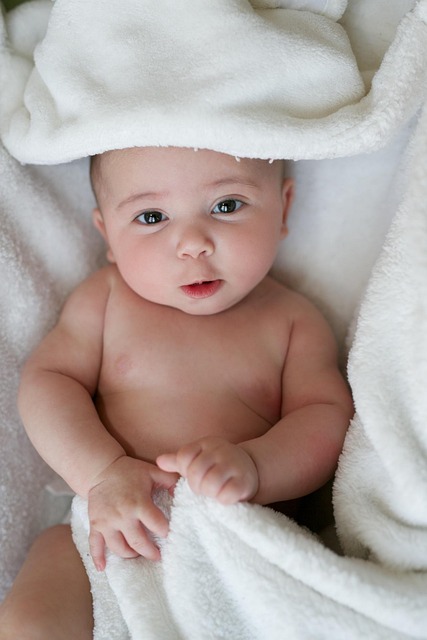A recent alarming image from Australia starkly illustrates the dire consequences of flushing baby wipes. While diaper wipes are incredibly handy for cleaning various messes, they can cause significant issues when disposed of improperly—specifically, flushing them down the toilet can lead to massive blockages in sewage systems. This is precisely why all packaging for diaper wipes explicitly advises against flushing.
The Lower Hunter Water Authority in Australia recently showcased a striking photograph of a crane—yes, a crane—lifting an enormous 23-foot, 1,653-pound mass of baby wipes from a clogged sewer pipe. This colossal mass was merely a fraction of the entire obstruction, as workers had to painstakingly remove an additional 661 pounds of wipes and other debris manually.
These “fatbergs”—the technical term for large clumps of wet wipes, diapers, feminine hygiene products, and other non-flushable materials—have posed a challenge for many years. For example, in 2014, workers in London dedicated ten days to extracting a fatberg the size of a double-decker bus from the underground sewer network. A study by the Kimberley-Clarke Corporation revealed that about 90 percent of materials found in sewage systems across the United States were not intended for flushing. This raises a critical question for society: why are we still flushing these items?
Nick Peters from Hunter Water informs ABC News that the issue has worsened with the advent of so-called “flushable” wipes, leading many to mistakenly believe that almost any wipe can be flushed. The reality is that most diaper wipes do not break down in water. People often flush them or children may inadvertently use them and forget that they belong in the trash, allowing these wipes to clog sewage systems and contribute to fatbergs. This situation not only leads to sewage backups in homes and buildings but also places an additional burden on water service workers.
According to Peters, the only suitable method of disposal for diaper wipes is the trash can—never the toilet. He advises that the only items that should ever go down the toilet are the “three Ps”: pee, paper, and poo. Everything else should be kept out of the sewage system.
While it may be tempting to flush those used wipes to avoid dealing with them, doing so guarantees that sanitation workers will eventually have to extract them, often with the help of heavy machinery. If you’re in the habit of flushing diaper wipes, consider this your formal notice to stop immediately.
For more helpful insights on parenting and home care, you can explore our other articles, such as the one on the home insemination kit. Additionally, for comprehensive information on pregnancy, visit the National Institute of Child Health and Human Development.
Summary:
Flushing diaper wipes is a significant mistake that leads to severe sewer blockages and costly clean-ups. Despite their convenience, these wipes do not decompose in water and contribute to the formation of fatbergs. Proper disposal in the trash is critical to prevent plumbing disasters and maintain a healthy sewage system.
Keyphrase: “diaper wipes disposal”
Tags: [“home insemination kit”, “home insemination syringe”, “self insemination”]
